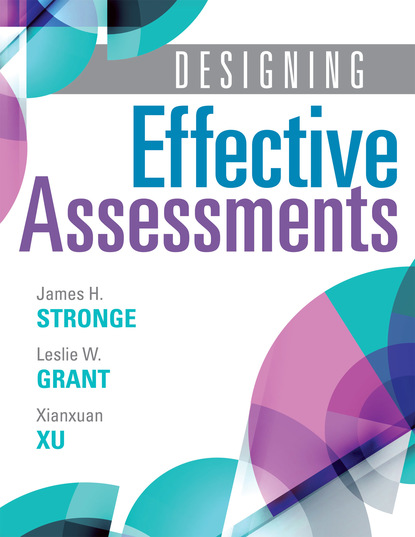
Designing Effective Assessments скачать fb2
Xianxuan Xu - Designing Effective Assessments краткое содержание
Assessment is a critical component of effective teaching and learning. To gain valuable assessment data and make effective use of them, educators must have the right tools in place to create quality assessments. Designed specifically for K–12 educators, this title presents ten key assessment design tools and clearly outlines how to incorporate each tool into daily classroom practices. With quality assessment processes in place, teachers at all grade levels can accurately measure student mastery and shape instruction to increase achievement. Benefits Gain student learning data and help students visualize their own learning progress. Explore the benefits of involving students in the assessment process. Learn how to align grading policies and practices to ensure they are valid and reliable. Examine how standards-based grading and reporting communicate student learning better than traditional assessment practices. Consider how to teach students test-taking skills, which help students perform well and demonstrate their real level of achievement on assessments. Use reproducible handouts to create your own effective assessment and feedback practices. Contents Introduction Chapter 1: Enhancing Validity and Reliability of Assessments Chapter 2: Measuring Students’ Attitudes, Dispositions, and Engagement Using Affective Assessment Chapter 3: Assessing Student Criterion-Referenced Learning Using Performance-Based Assessment Chapter 4: Documenting Student Progress through Portfolios Chapter 5: Creating Rubrics for Student Feedback Chapter 6: Building Practical Grading Practices Chapter 7: Building Valid and Reliable Grading Practices Chapter 8: Improving Communication through Standards-Based Grading Chapter 9: Understanding and Using Standardized Assessment Data Chapter 10: Teaching Test-Taking Skills
Скачать книгу «Designing Effective Assessments» Xianxuan Xu
Чтобы оставить свою оценку и/или комментарий, Вам нужно войти под своей учетной записью или зарегистрироваться




